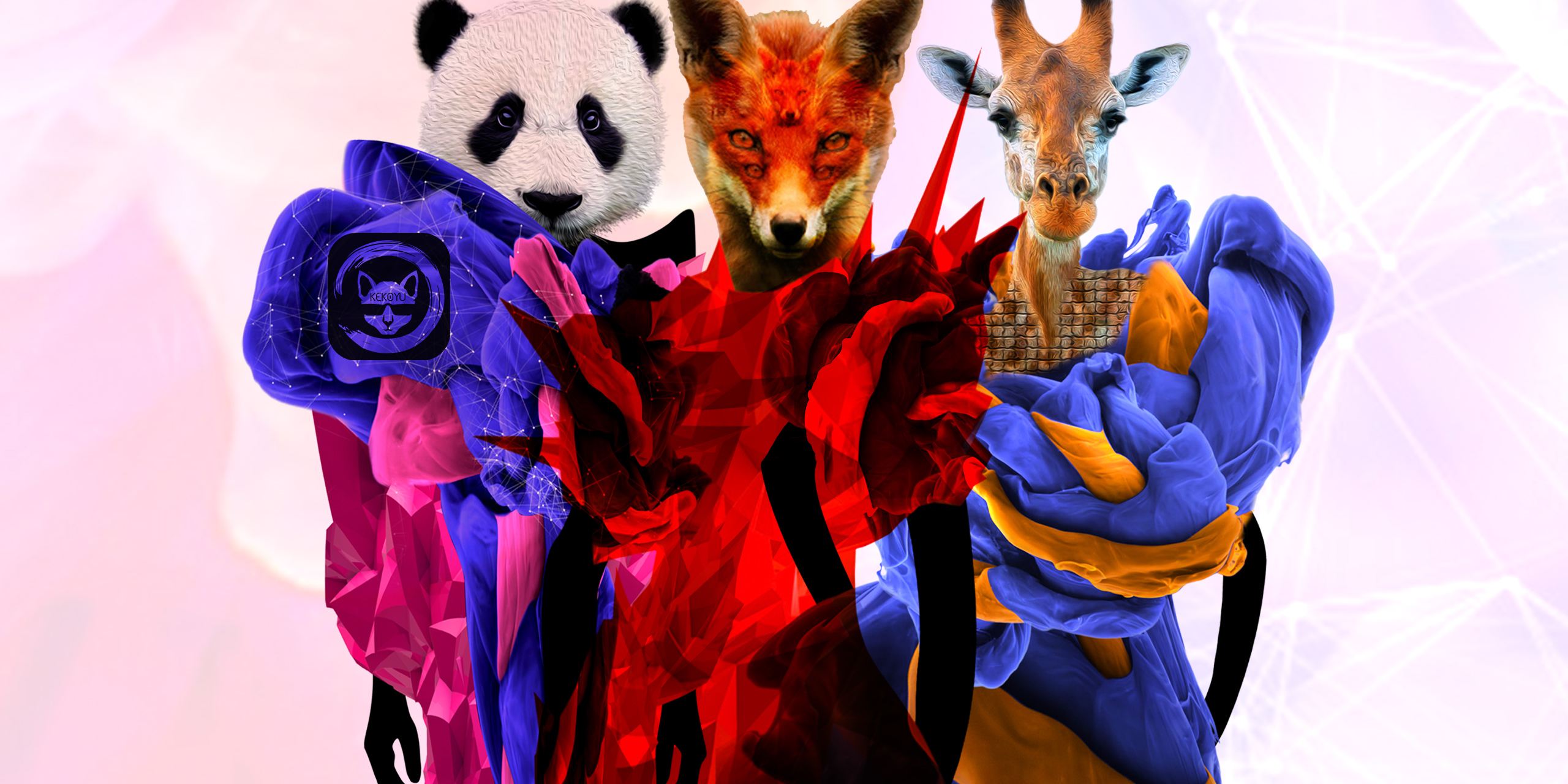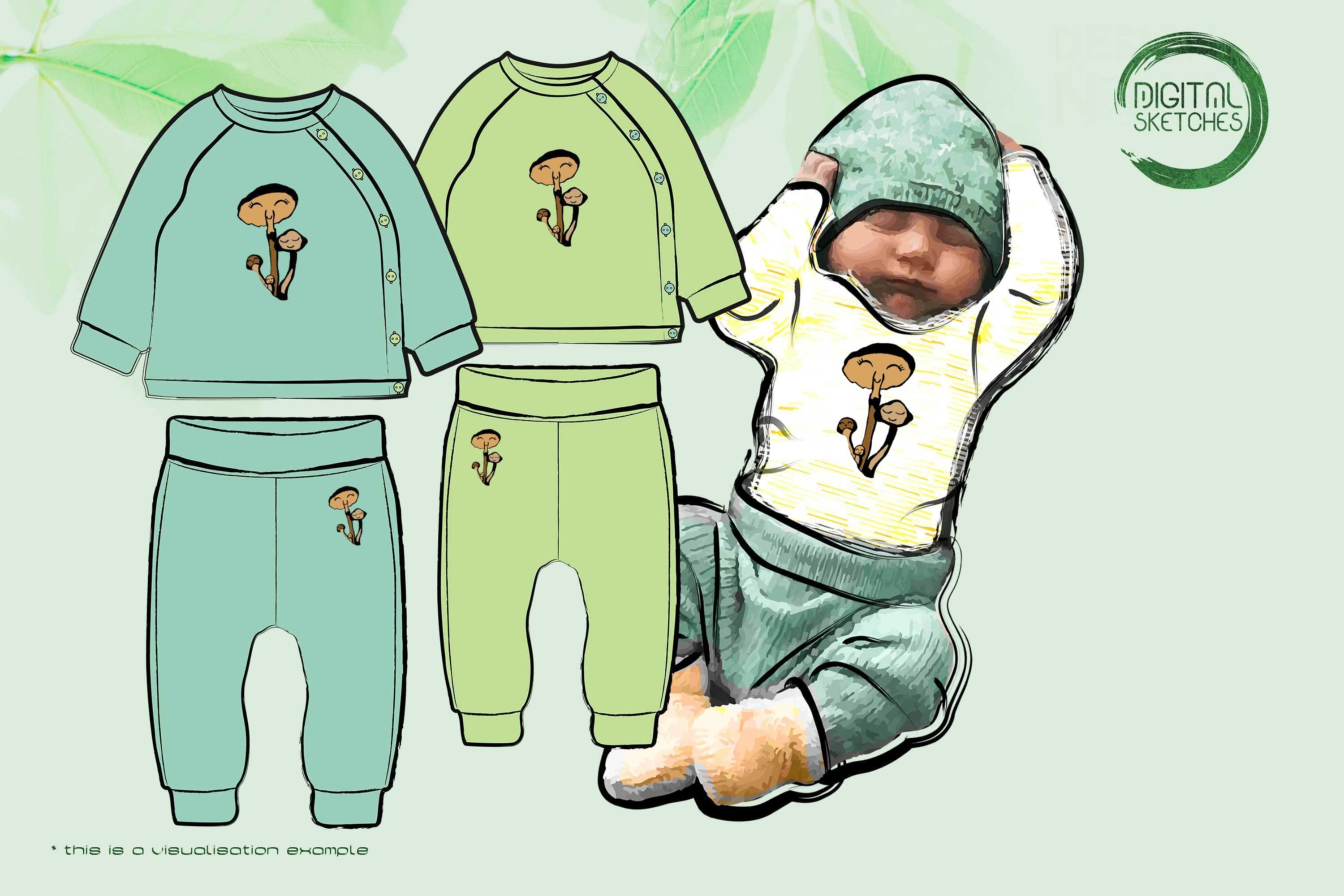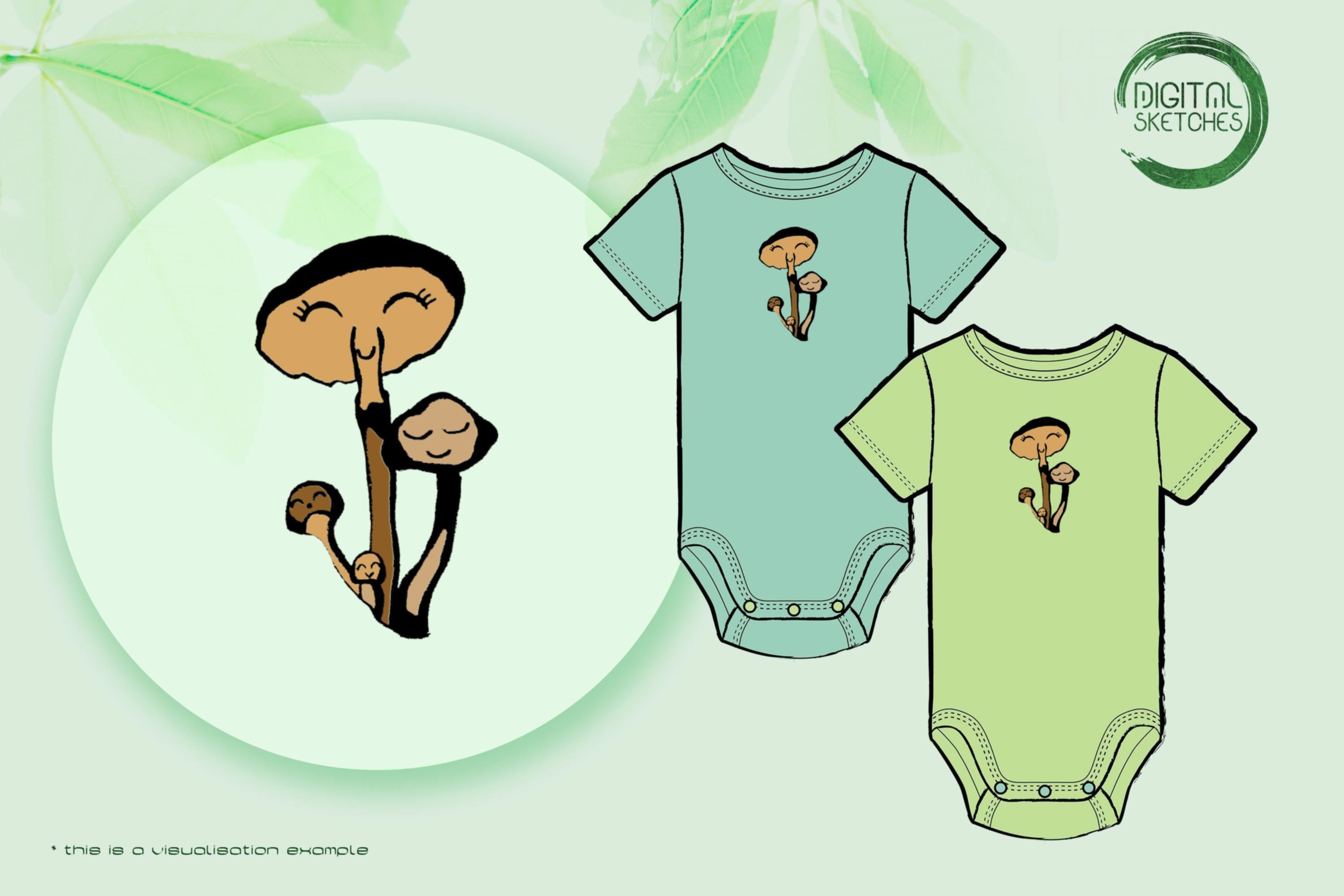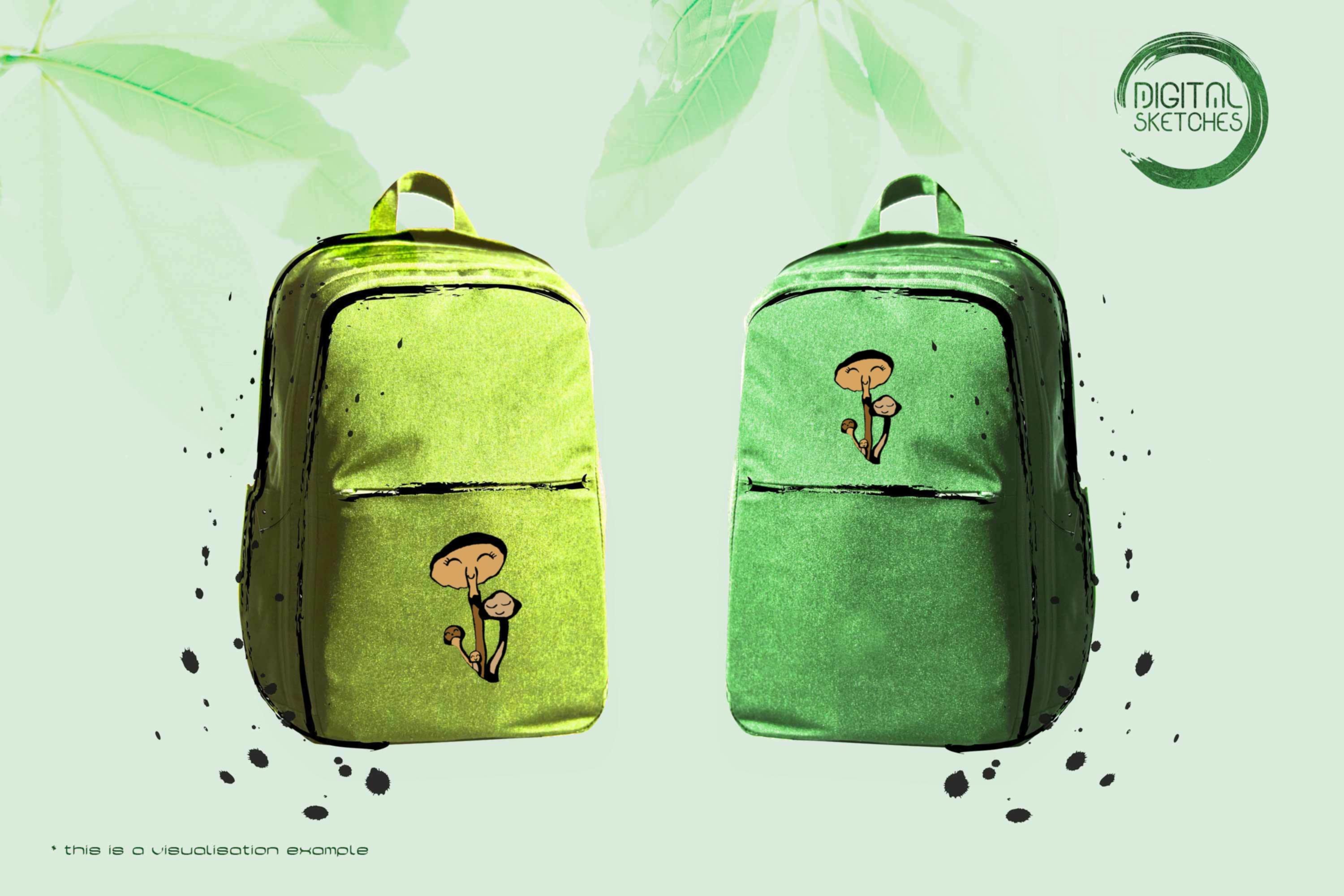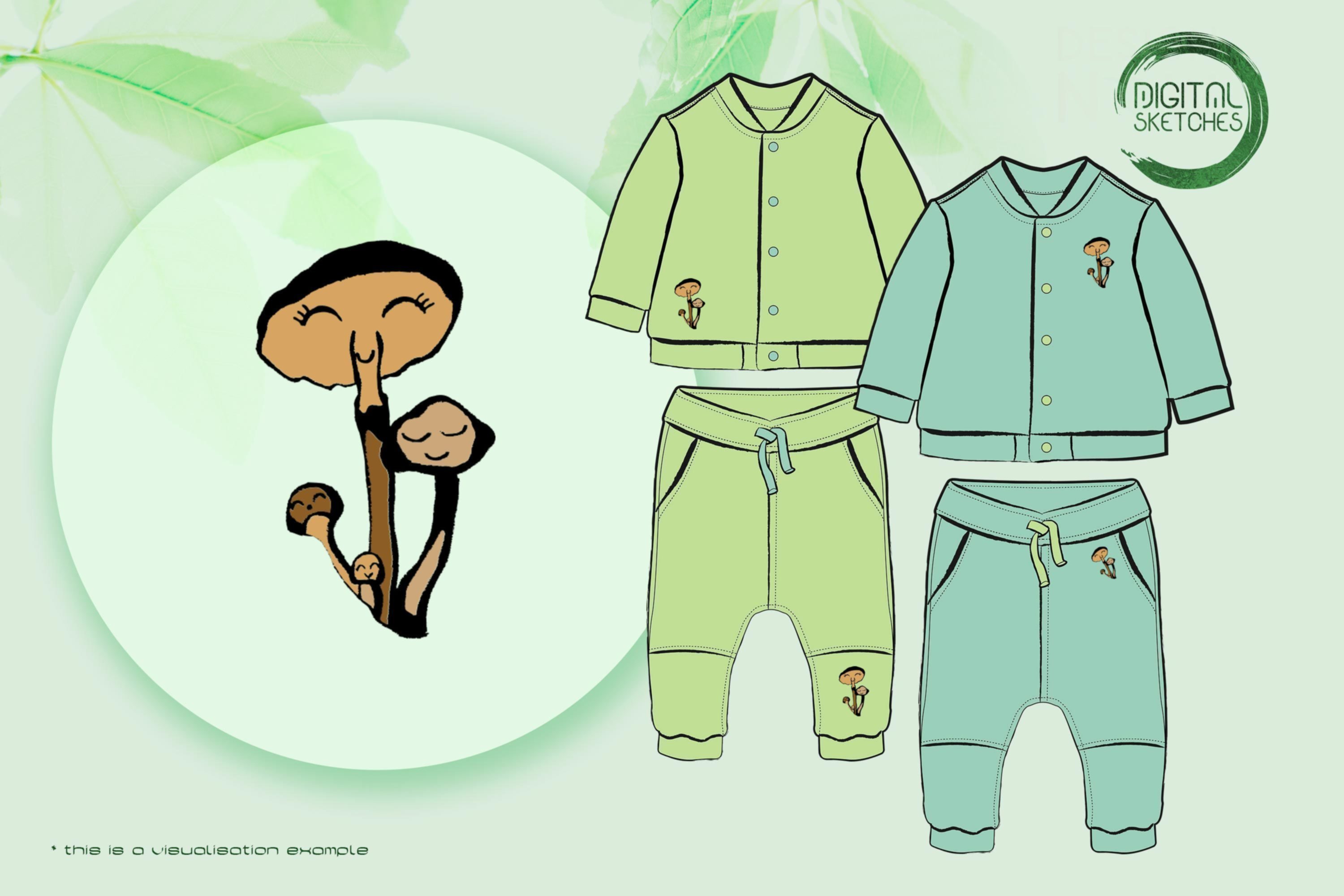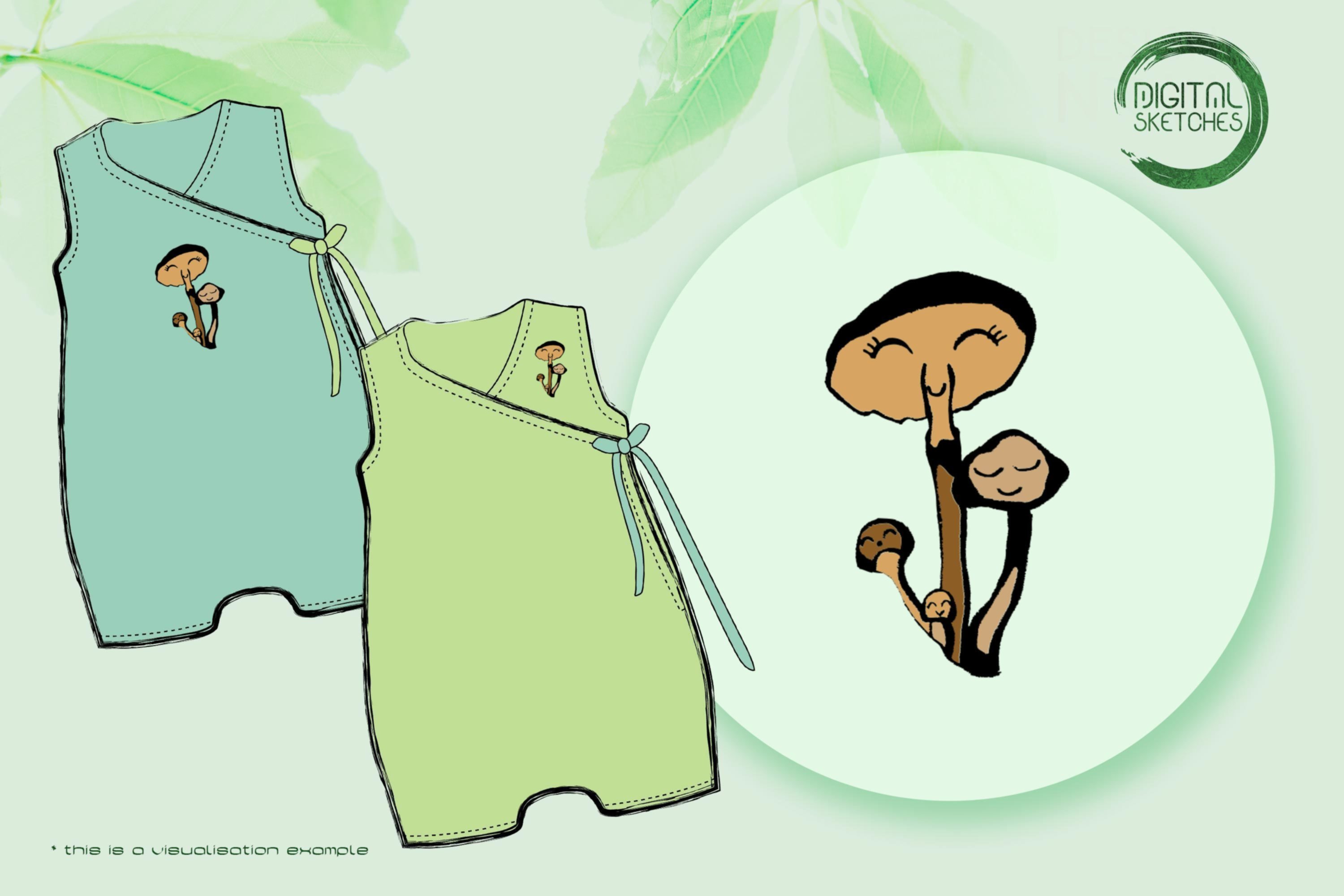US$1.10*
% US$4.40* (75% saved)Free shipping
Product number: CS00597
Product information "Smiling Mushrooms "
The mushroom (Fungi) form the third major kingdom of eukaryotic organisms alongside the animals (Animalia) and the plants (Plantae). Like plants, to which they have long been classified, they are sedentary, but they cannot perform photosynthesis. Therefore, like animals, they must feed by ingesting organic substances (heterotrophy), but they absorb them in dissolved form from the environment. According to current knowledge, fungi are more closely related to animals than to plants. They include mainly multicellular organisms such as the stander fungi, but also unicellular organisms such as baker's yeast, as well as coenocytic forms with many cell nuclei but without cellular subdivision. The science that deals with fungi is called mycology.
The vegetative body of most fungi is a poorly differentiated thallus composed of microscopic (2-10 µm), filamentous hyphae. These form a widely branched mycelium that spreads in or on a solid substrate, such as soil, wood, or other living or dead organic tissue. Many fungi also form fruiting bodies that stand out from the substrate (e.g., the hats of the stand fungi) and are also composed of hyphae. In addition, there are also unicellular fungi such as the yeasts. Hyphae may be subdivided into cells by transverse septa, each cell containing one or two nuclei, or be unseptate (coenocytic) and contain many nuclei that are free to move with the plasma flow (also characteristic of plants but not found in Metazoa). However, septa are also not complete boundaries like the cell walls of plants, but each has a pore in its center (e.g., the doliporus in the stander fungi) that allows passage of cytoplasm and organelles, including in some cases nuclei.
Fungi feed saprotrophically by taking up dissolved nutrients through the surface of their hyphae. To digest macromolecular, nonsoluble food sources, they secrete enzymes that correspond to the digestive enzymes of animals (and humans). Hyphae grow apically (at the tip), just like the root hairs and pollen tubes of plants, but unlike filamentous green algae. They branch by sprouting new tips laterally, but can also fuse together at the tips (anastomosis) to form networks. Most fungi reproduce predominantly or exclusively asexually (asexual). Thus, in many molds and generally in arbuscular mycorrhizal fungi, no sexual processes are known. Sexual and predominantly asexual reproduction occurs through the formation and dispersal of spores. Gametes (germ cells) occur only in the potty or flagellate fungi.
The vegetative body of most fungi is a poorly differentiated thallus composed of microscopic (2-10 µm), filamentous hyphae. These form a widely branched mycelium that spreads in or on a solid substrate, such as soil, wood, or other living or dead organic tissue. Many fungi also form fruiting bodies that stand out from the substrate (e.g., the hats of the stand fungi) and are also composed of hyphae. In addition, there are also unicellular fungi such as the yeasts. Hyphae may be subdivided into cells by transverse septa, each cell containing one or two nuclei, or be unseptate (coenocytic) and contain many nuclei that are free to move with the plasma flow (also characteristic of plants but not found in Metazoa). However, septa are also not complete boundaries like the cell walls of plants, but each has a pore in its center (e.g., the doliporus in the stander fungi) that allows passage of cytoplasm and organelles, including in some cases nuclei.
Fungi feed saprotrophically by taking up dissolved nutrients through the surface of their hyphae. To digest macromolecular, nonsoluble food sources, they secrete enzymes that correspond to the digestive enzymes of animals (and humans). Hyphae grow apically (at the tip), just like the root hairs and pollen tubes of plants, but unlike filamentous green algae. They branch by sprouting new tips laterally, but can also fuse together at the tips (anastomosis) to form networks. Most fungi reproduce predominantly or exclusively asexually (asexual). Thus, in many molds and generally in arbuscular mycorrhizal fungi, no sexual processes are known. Sexual and predominantly asexual reproduction occurs through the formation and dispersal of spores. Gametes (germ cells) occur only in the potty or flagellate fungi.
Product Number: CS00597
Product Name: Mushrooms
- 1 Design
- 5 Files
The following formats are included in the file you will receive: .AI .SVG .DXF .EPS .PNG
Hand-Drawn Smiling Mushrooms SVG Design, Drawing Art Fungi CAD File, Forest Nature Organisms SVG File For Cricut, Mycology Arts And Crafts, Plants Laser Cut FIles, Vinyl Cutter Images, Cricut File Format, Cuttable Designs, SVG Shirts Design, Silhouette Files, Vector Graphics, Clip Art


